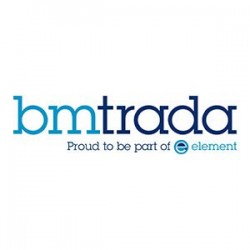We find that most businesses in the industry are aware of – and embracing – ISO 9001 (the standard for quality management) and ISO 14001 (environmental management), but until recently there was a gap when it came to occupational health and safety. ISO 45001, which replaces BS OHSAS 18001, aligns in structure and core requirements with other ISO standards that staff are familiar with, making implementation simpler and holistic management more effective. It also mirrors many aspects of the Construction (Design and Management) Regulations 2015 (CDM 2015). ISO 45001 is a systematic approach to identifying and mitigating risks, helping to reduce the likelihood of accidents in the workplace.
It offers benefits including risk prevention; continual improvement; reduced business costs; stakeholder reassurance; visible CSR; the strengthening of legal and regulatory compliance; and boosted staff morale. The framework underpins and reinforces key requirements, such as embedding a positive safety culture and taking a proactive approach to managing risks. There are lots of health and safety standards out there, but ISO 45001 is particularly good because it follows a high-level structure, which champions leadership, worker participation and engagement, and crucially, requires input from every level of the business.
It also emphasises that workers of all types – subcontractors included – must be involved in any health and safety decisions which affect them and need to form an integral part of hazard identification and risk management. ISO45001 involves physically going out onsite and checking if operations are working properly and safely so the team is more likely to spot a problem. Other standards rely simply on a desktop assessment, which can be dangerous.
Those in charge need to know if what they say sitting at a desk translates to actual practice. If they don't know for certain, they are taking a massive gamble. While most business owners are aware of the risks and put safeguards in place to protect workers, many are not taking the issue seriously enough. With so much at stake in terms of human and reputational cost when it comes to accidents – can any business afford to take the risk?
For more information visit: www.bmtrada.co.uk









